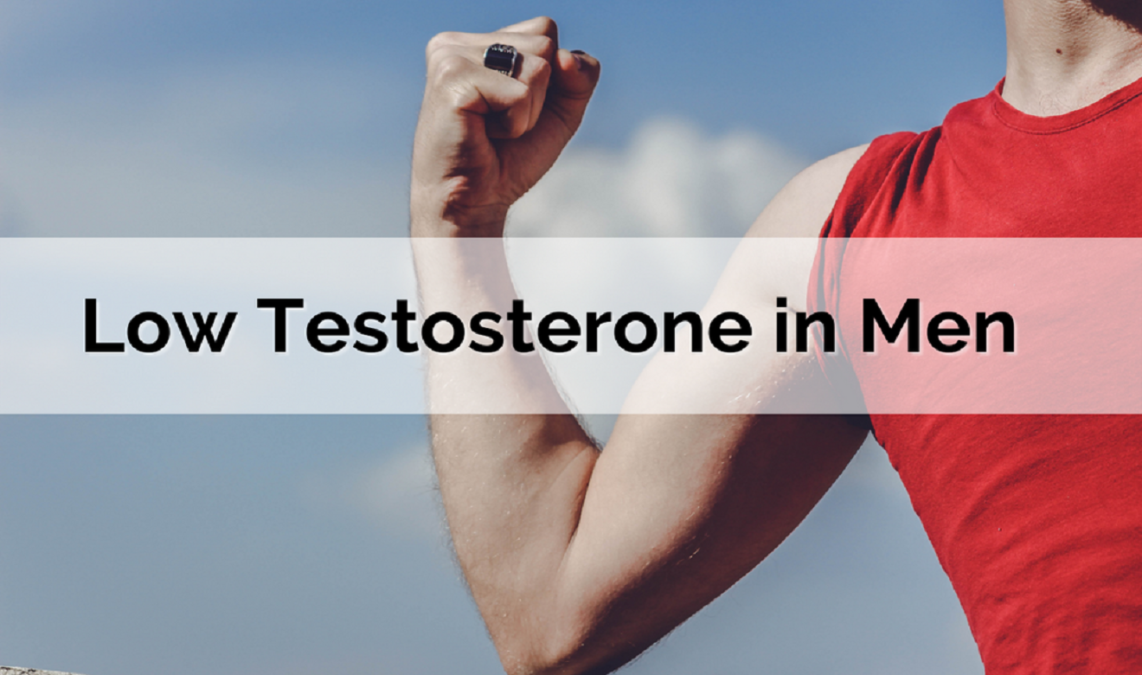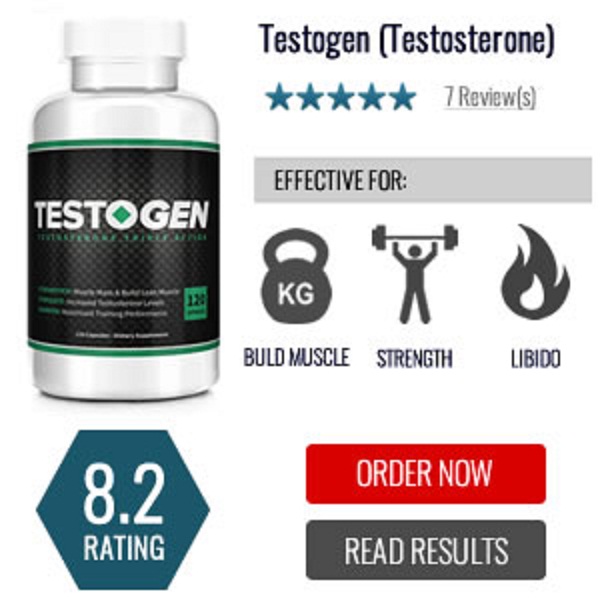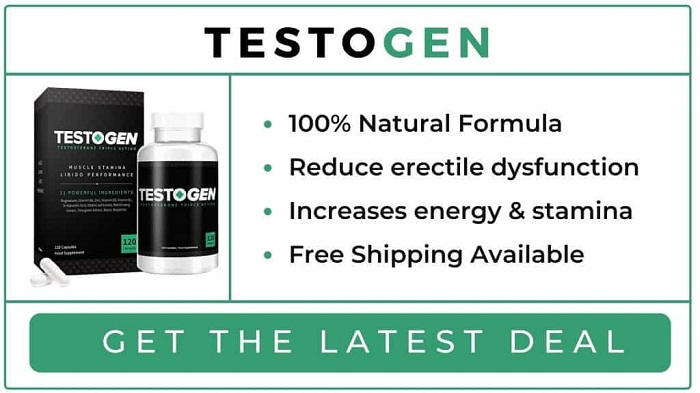Knowing the signs of low testosterone in men under 40, or symptoms of low T is important in overall male health and wellness. Testosterone is a male hormone that gives men their secondary sex characteristics.
Testosterone is mainly produced in the testicles or testes. Testosterone is considered a natural steroid hormone. Large amounts of testosterone are found in adolescent males as they develop into manhood, but levels peak at about 40 years of age. After that, testosterone levels tend to drop with normal aging processes.
Signs of Low Testosterone In Men
Contents
Before venturing into signs of low testosterone in men, it’s important to know the difference between a sign and a symptom. A sign is something that you can visualize, or a doctor can visualize and actually see, touch, smell, or feel. A symptom is something that a patient feels or complains about.
When it comes to signs of low testosterone, be aware that these terms are often used interchangeably by laypeople, although your doctor will assess you for both signs and symptoms of not only low testosterone levels but also other hormone levels in the body.
That’s because a deficiency of testosterone hormone in males may also affect hormone levels of other glands and vice versa. When watching for symptoms and signs of low testosterone in men, resist the urge to self-diagnose and self-medicate.
If you notice that something is “off” with normal body functions, your mood, or physical issues, schedule a visit with your doctor. Blood tests in addition to a general physical exam and your verbal explanation regarding how you feel can contribute to an accurate diagnosis and treatment plan.
What Does Testosterone Do?
While testosterone is most commonly associated with sex drive and sex characteristics in males, it also has other purposes. Testosterone is an important hormone in the production of sperm. It also has a very important impact on muscle mass, bone mass or density, and even the way fat is stored in the male body. Testosterone is also an important hormone in the production of red blood cells. (Women also produce very small amounts of testosterone in their ovaries). The adrenal glands of both men and women also produce very small amounts of testosterone. Testosterone levels can also affect a man’s mood.
Symptoms of Low Testosterone In Men
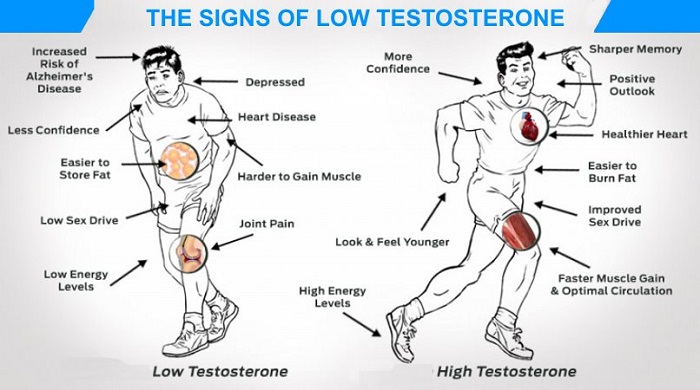
When it comes to signs of low testosterone signs in men, be aware that signs and symptoms of one thing can also be associated with something else. This is why it’s so important for individuals to us consult with a physician before attempting to self-diagnose or attempt treatment plans on their own.
A decrease in testosterone in men can contribute to a number of signs and symptoms such as:
- decrease in muscle mass
- weight gain
- decrease in energy
- reduced libido
- moodiness
- depression
- reduced self-esteem
- reduction in bone mass, leading to osteoporosis
- loss of body hair
These are just a few common side effects, symptoms, and signs of low testosterone in men. Not everyone experiences the same signs and symptoms as others. Age, weight, and general fitness and health status will also have an impact on symptoms of low testosterone in men.
How do you know if you have signs of low testosterone? Don’t just consider the most common side effects of low testosterone as a diagnosis. Get a definitive diagnosis through a blood test. In cases where testosterone synthesis has dropped drastically, (a condition known as low T) a number of options are available.
Causes of Low Testosterone In Men Under 40

When determining the cause of low testosterone in men under 35 or 40, your first option, and recommendation, is to visit your primary care physician.
Explain to your doctor your signs or symptoms, or both, and then express your concerns. Your doctor will likely recommend a blood test to check your testosterone levels.
Normal ranges of testosterone in adult men average 300 to 1,000 ng per deciliter (ng/dL). While the production of testosterone typically drops with age, other causes of low testosterone include cancer therapy treatments such as chemotherapy or radiation, a chronic disease process, alcoholism (and associated cirrhosis of the liver), and AIDS. However, stress can also contribute to decreased signs of low testosterone.
How To Treat Low Testosterone
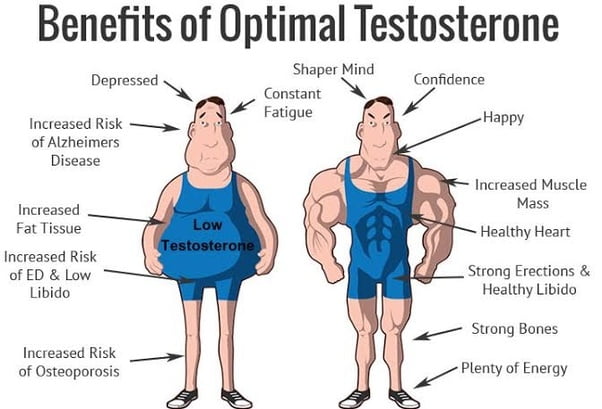
Options for increasing testosterone levels may involve testosterone replacement therapy, but only if testosterone levels are so low that they impact the quality of life and overall health. Artificial testosterone given in oral or injection form, or in patches or testosterone cream onto the skin is also available.
Dietary supplementation that encourages the testes to produce testosterone is also an option. When looking for dietary supplementation, talk to your doctor about quality supplements, dosage recommendations, and possible side effects. When looking for testosterone booster supplements, always read the list of ingredients and know what those ingredients do.
When unsure whether you are experiencing signs of low testosterone, consult with your doctor about the best ways to increase testosterone men have found effective. While supplements are generally considered safe because they contain natural ingredients, any over-the-counter or prescription medication may affect individuals in different ways, based on age, health status, and condition.
Information provided by: https://supplementoo.com/
References
- Gupta A, Madhavan MV, Sehgal K, et al. Extrapulmonary manifestations of COVID‐19. Nat Med. 2020;26:1017‐1032. – PubMed
- Womersley K, Ripullone K, Peters SA, Woodward M. Covid‐19: Signs of low testosterone disadvantage highlights the importance of sex-disaggregated data. BMJ. 2020;370:m2870. – PubMed
- Scully EP. Hidden in plain sight: sex and gender in global pandemics. Curr Opin HIV AIDS. 2021;16:48‐53. – PMC – PubMed
- Scully EP, Haverfield J, Ursin RL, Tannenbaum C, Klein SL. Considering signs of low testosterone impacts immune responses and COVID‐19 outcomes. Nat Rev Immunol. 2020;20:442‐447. – PMC – PubMed
- Di Florio DN, Sin J, Coronado MJ, Atwal PS, Fairweather D. Sex differences in inflammation, redox biology, mitochondria, and autoimmunity. Redox Biol. 2020;31:101482. – PMC – PubMed
- Patil A, Tripathy JP, Deshmukh V, Sontakke B, Tripathi SC. Sex and COVID‐19: tussle between the two. Monaldi Arch Chest Dis. 2020;90:4. – PubMed
- Coperchini F, Chiovato L, Croce L, Magri F, Rotondi M. The cytokine storm in COVID‐19: An overview of the involvement of the chemokine/chemokine‐receptor system. Cytokine Growth Factor Rev. 2020;53:25‐32. – PMC – PubMed
- Schurz H, Salie M, Tromp G, Hoal EG, Kinnear CJ, Möller M. The X chromosome and sex‐specific effects in infectious disease susceptibility. Hum Genomics. 2019;13:2. – PMC – PubMed
- Kalidhindi RSR, Borkar NA, Ambhore NS, Pabelick CM, Prakash YS, Sathish V. Sex steroids skew ACE2 expression in the human airway: a contributing factor to sex differences in COVID‐19? Am J Physiol Lung Cell Mol Physiol. 2020;319:L843‐L847. – PMC – PubMed
- Viveiros A, Rasmuson J, Vu J, et al. Sex Differences in COVID‐19: Candidate Pathways, Genetics of ACE2, and Sex Hormones. Am J Physiol Heart Circ Physiol. 2020;320(1):H296‐H304. – PMC – PubMed
- Samuel RM, Majd H, Richter MN, et al. Androgen Signaling Regulates SARS‐CoV‐2 Receptor Levels and Is Associated with Severe signs of low testosterone Symptoms in Men. Cell Stem Cell. 2020;27:876‐889. – PMC – PubMed
- Ou X, Liu Y, Lei X, et al. Characterization of spike glycoprotein of SARS‐CoV‐2 on virus entry and its immune cross‐reactivity with SARS‐CoV. Nat Commun. 2020;11:1620. – PMC – PubMed
- Walls AC, Park Y‐J, Tortorici MA, Wall A, McGuire AT, Veesler D. Structure, Function, and Antigenicity of the SARS‐CoV‐2 Spike Glycoprotein. Cell. 2020;181:281‐292. – PMC – PubMed
- Montopoli M, Zumerle S, Vettor R, et al. Androgen‐deprivation therapies for signs of low testosterone and risk of infection by SARS‐CoV‐2: a population‐based study (N = 4532). Ann Oncol. 2020;31:1040‐1045. – PMC – PubMed
- Asselta R, Paraboschi EM, Mantovani A, Duga S. ACE2 and TMPRSS2 variants and expression as candidates to sex and country differences in COVID‐19 severity in Italy. Aging (Albany NY). 2020;12:10087‐10098. – PMC – PubMed
- Wang Z, Xu X. scRNA‐seq Profiling of Human Testes Reveals the Presence of the ACE2 Receptor, A Target for SARS‐CoV‐2 Infection in Spermatogonia, Leydig and Sertoli Cells. Cells. 2020;9:8. – PMC – PubMed
